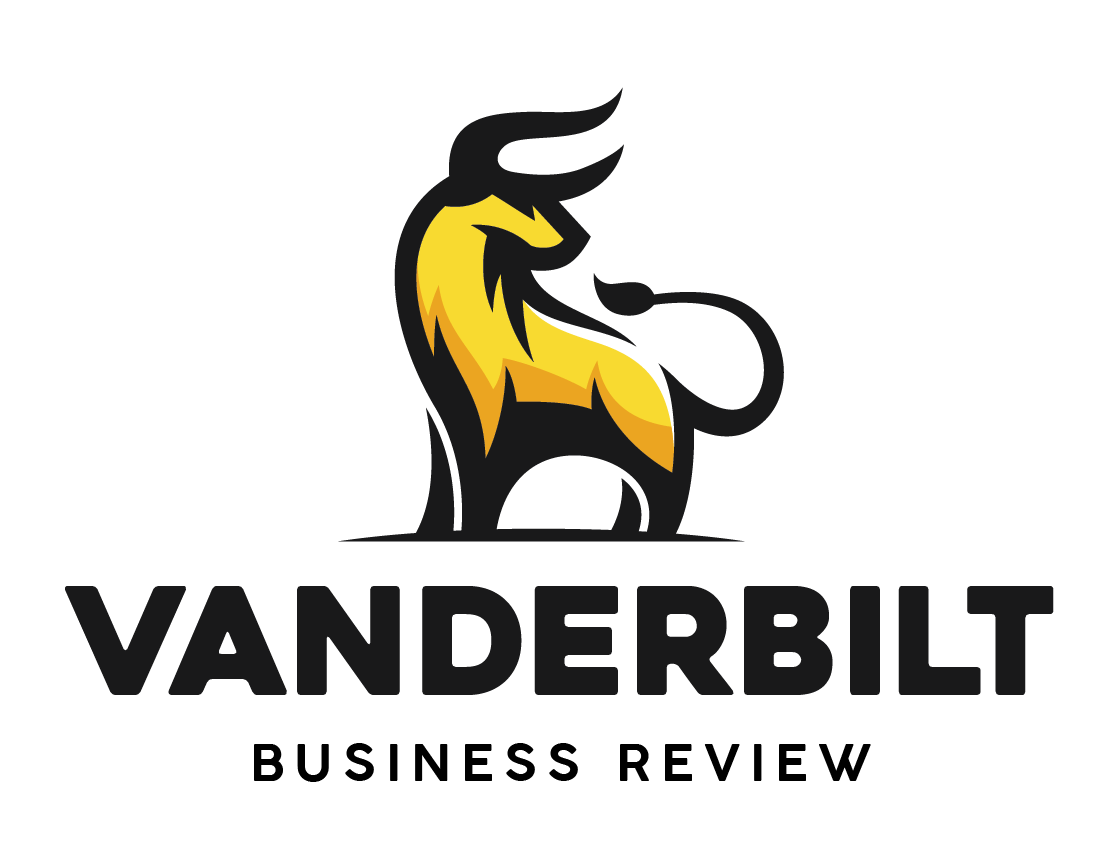Photo taken by Jeremy Rosenkranz
Background & History
With Campus Dining receiving lots of backlash in the first few weeks of the 2024-2025 school year, many students are opting to dine at the multitude of popular chain restaurants surrounding the campus. The most notable of these chains are CAVA and Chipotle, restaurants which specialize in bringing quality ingredients to fast-casual dining. Although their respective cuisines are very different (Chipotle being Mexican while Cava is Mediterranean), the two restaurants have both developed cult-like fan bases, strong social media presences, and have investors throwing money at them.
When Chipotle was founded in 1993, its modern, innovative approach to fast food quickly made an impressive mark on the stale industry. Investments from McDonald’s Corporation allowed it to skyrocket in size, expanding in under 8 years from 16 locations to over 500. Many people also credit this success to its mastery of the assembly line style of production, its simple menu, and its open kitchen/healthy ingredients (a stark contrast to to the frozen mystery meats common in the fast food industry).
Since CAVA’s entry to the stock market in 2023, investors have hailed it as the next Chipotle. They cite its similar business model to Chipotle: healthy and personalizable assembly line food and a user-friendly app with a rewards program. But is CAVA really the next golden fast food chain? A glimpse at its business history and its favor among Vanderbilt students might tell.
An Analysis of CMG & CAVA’s Stocks & Business Models
After a deep dive into both company’s business models and their stocks, a little bit of skepticism is certainly appropriate before calling CAVA the next Chipotle. While CAVA sports a year-on-year revenue growth of 31.01% compared to Chipotle’s 14.85%, this information is clearly factored into the stock price. Year-on-year revenue growth compares a company’s revenue in the trailing twelve months to the previous year to measure how the company grew over the two years. Cava is currently valued at a price to earnings ratio of 303.9 when considering the trailing twelve months, comparatively, Chipotle’s price to earnings ratio is 54.43. Price to earnings ratio compares a company’s stock price per share to the company’s earnings per share to quantify how expensive the stock is relative to the company’s ability to generate earnings. Therefore, CAVA doesn’t have anywhere near the earnings for an investor to justify purchasing their stock instead of Chipotle’s at the current prices. Also, breaking down measures of valuation and profitability on a per restaurant basis tells a similar story. CAVA is priced at 33 million dollars per restaurant while Chipotle is only 25 million, even though Chipotle restaurants are currently twice as profitable. So what sets Chipotle apart?
Chipotle has a tremendously loyal base of customers that fit it into their daily routine. Chipotle capitalized on this opportunity and recently launched a rewards program that already has amassed 40 million members, more than Starbucks’s 36 million members, even though Starbucks launched its rewards program over a decade before. Most importantly, Chipotle has mastered the art of the assembly line serving style while Cava seems to always be overstaffed yet moving slower. As a result of these factors, Chipotle has a commanding lead in the healthy fast casual sector.
What do Vanderbilt Students Think?
At both the local and national levels individual preferences are shockingly even. A poll we administered on Fizz, a Twitter-esque social media app specifically for Vanderbilt students, found that students familiar with both restaurants are split dead even among their preference. Out of 1232 respondents, Chipotle received 625 votes (50%) and CAVA received 617 votes (50%). Although this indicates that there is an equal number of students on both sides, some students still have strong opinions for one or the other. Tabatha Sterman, a Vanderbilt freshman, believes that “Cava is an expensive knock off for Chipotle and they try to copy it but fail miserably.” On the other hand, many students are enraged by the removal of Chicken Al Pastor from the Chipotle Menu, and argue that CAVA has many more options and meal/flavor possibilities.
Marketing & Advertising
Marketing strategy is another example of a similarity between CAVA and Chipotle. Chipotle did a great job pairing consumer TV ads focused on the freshness and quality of their foods with the open-kitchen style of dining to demonstrate to customers that their slogan “Food With Integrity” is utilized in practice. Moreover, Chipotle has done exceptionally well advertising on social media platforms and is known for hosting contests with popular creators to give away free food or merchandise. Similarly, CAVA relies heavily on a social media presence, mostly TikTok and Meta, to show off their high quality and delicious products. However, CAVA has limited resources to allocate towards marketing. In 2023, Chipotle spent $264.09 million on advertising while CAVA could only afford to spend $25,000. Consequently, Chipotle remains the more popular and recognizable brand when it comes to fast casual dining.
Conclusion
While CAVA and Chipotle offer similar products, utilize similar business models, advertise in similar ways, and are split evenly for consumer preferences, Chipotle is still far out of reach for CAVA. This is because Chipotle has had more time to nail down the finer details, build a larger rewards program, and increase brand awareness. Whether you like it or not, Chipotle is and will continue to be the #1 fast-casual restaurant.



